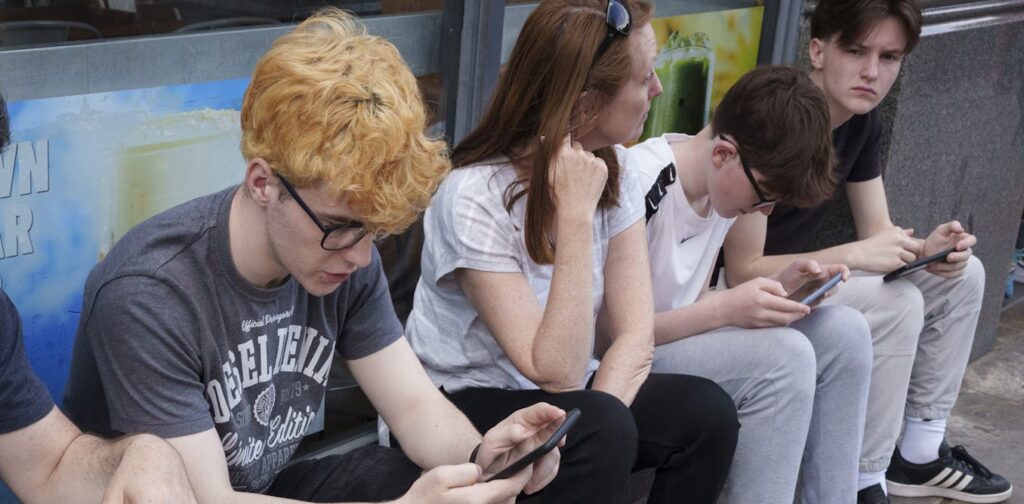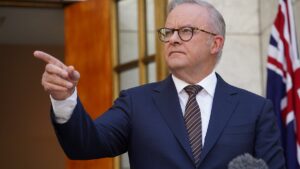
The Australian government has unveiled regulatory guidance on a new law that will restrict individuals under the age of 16 from holding accounts on many social media platforms. This legislation is set to take effect on December 10, marking a significant shift in how young Australians will interact with digital spaces.
According to the guidance, technology companies are required to take “reasonable steps” to ensure compliance with the legislation. These steps include the detection and removal of accounts belonging to underage users. The announcement comes as part of a broader initiative to enhance online safety for young Australians.
Guidance for Technology Companies
The release of this guidance follows a self-assessment guide issued by the eSafety Commission, which helps technology companies determine if their services will be subject to age restrictions. Notably, platforms primarily focused on professional networking, education, health, or online gaming are excluded from these restrictions.
However, popular social media services like Facebook, Instagram, and TikTok are expected to comply. The guidance outlines what constitutes “reasonable steps” for these companies, emphasizing the need for appropriate measures to ensure underage users do not maintain accounts.
Removing Underage Users
Social media platforms are tasked with “detecting and deactivating or removing” accounts from existing underage users. The government advises that this process should be handled “with care and clear communication,” suggesting that users will be notified before their accounts are deactivated.
Despite these instructions, questions remain about whether companies will delete a user’s content or if accounts can be reactivated once users reach the age of 16. The guidance hints that preservation options may be a way to demonstrate the level of “care” expected by the legislation, which could be crucial for young people concerned about losing creative content and social media history.
Furthermore, companies must prevent underage users from re-registering or circumventing restrictions, potentially requiring measures to counter the use of virtual private networks (VPNs) and ensuring age assurance technologies are accurate.
Age Assurance Mechanisms
For users over 16 who are mistakenly restricted, technology companies must provide accessible review mechanisms. A “layered approach” to age assurance is recommended to minimize errors and reduce user friction, with companies offering multiple methods for age verification, avoiding reliance on government ID alone.
This approach aims to address data privacy concerns, though a significant number of users will still need to provide personal information to verify their age. The guidance stresses that companies should not rely solely on self-declaration of age and must continuously monitor and improve their systems.
Legislation Goals and Public Response
The guidance clarifies many practical aspects of the legislation’s implementation, while also indicating that Australians under 16 are not entirely banned from accessing social media content. They can still view content without logging into an account, such as watching YouTube videos on a web browser.
Parents and caregivers will play a crucial role in guiding young people online, and the eSafety Commissioner will provide additional resources to help the public understand the new laws.
Challenges and Next Steps for Tech Companies
Importantly, the government is not mandating platforms to verify the age of all users, recognizing that blanket verification may be unreasonable. Instead, companies are expected to maintain records focusing on systems and processes rather than retaining user-level data.
In a press conference, the eSafety Commissioner emphasized the importance of “discoverable and responsible reporting tools.” If young people’s accounts are missed, the government will engage with companies to adjust their age assurance technologies.
As the December 10 deadline approaches, technology companies are likely to begin implementing restrictions using existing account data. For instance, if a Facebook account was created in 2004, it could indicate the user is over 16 without further checks.
Each platform must devise its own strategy, leading to potentially different age assurance expectations across services. The government has made it clear there will be no delay in the compliance start date, with Communications Minister Anika Wells stating there is “no excuse for non-compliance.”
The responsibility now lies with social media companies to ensure they meet the requirements set forth by the Australian government, marking a new era of digital regulation aimed at protecting young users online.






